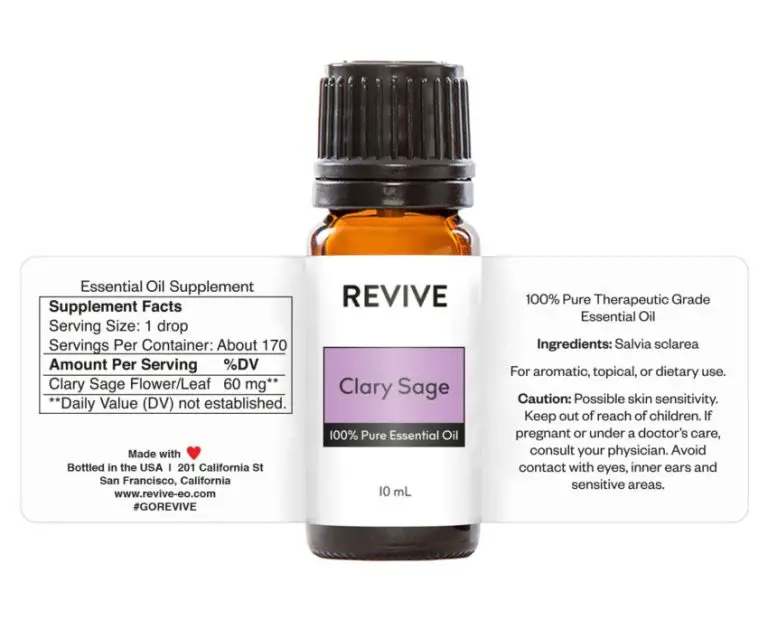What Is In Pumpkin Spice Scent?
Pumpkin spice scent is a fragrance that evokes the aroma of pumpkin pie and autumn. It typically contains a blend of spices including cinnamon, nutmeg, ginger, allspice, and clove (Pumpkin Spice Soy Candle). The scent often reminds people of fall holidays, baking pies, and sipping warm beverages. Pumpkin spice has become popular in candles, air fresheners, perfumes, and other fragranced products. Though it’s frequently associated with pumpkin, pumpkin spice mixes do not actually contain natural pumpkin flavor. The scent comes entirely from the blend of spices.
History
The origins of pumpkin spice scent can be traced back to the 1600s in North America. Back then, pumpkins were a staple crop among American colonists and Native Americans. A key use for pumpkins was baking pumpkin pies, which required spices like cinnamon, nutmeg, ginger and cloves.
These warming spices complemented the natural sweetness of pumpkin and helped preserve the pies. Over time, this blend of spices used in pumpkin pies came to be known as “pumpkin pie spice.” The exact mix varied between regions and individual bakers, but cinnamon, ginger, nutmeg and allspice featured prominently.
By the 1800s, pumpkin pie was an established autumn tradition in America and so was its signature spice blend. As the use of synthetic flavorings expanded in the 1900s, so did the popularity of pumpkin spice as its own distinct flavor.
Today, pumpkin spice is widely used to flavor everything from baked goods to coffee drinks. It evokes cozy feelings of fall and the nostalgia of pumpkin pie for many people in America and beyond.
Common Ingredients
Pumpkin spice fragrances typically contain a blend of warming spices like cinnamon, nutmeg, ginger, allspice, and clove. These ingredients are what give pumpkin spice its signature scent profile.
Cinnamon is often the dominant spice used in pumpkin spice. Its sweet, spicy aroma provides a distinctive warmth. Cinnamon contains the compound cinnamaldehyde, which gives it its characteristic smell and flavor. The cinnamon used in fragrances is often Ceylon or Cassia cinnamon (Fontana Candle Company).
Nutmeg adds a sweet, woody note to pumpkin spice. It contains myristicin, which provides its unique fragrance. Along with cinnamon, nutmeg is considered one of the defining ingredients of the pumpkin spice scent.
Ginger provides a sweet, lemony, and slightly spicy aroma. Its key component, gingerol, complements the other spices used in pumpkin spice fragrance blends. Ginger gives an extra layer of warmth and complexity.
Allspice and clove round out the blend with their rich, sweet flavors. Allspice contains eugenol, the same compound that gives clove its distinctive smell. Together, these ingredients complete the pumpkin spice profile.
Cinnamon
Cinnamon is one of the key ingredients that gives pumpkin spice its distinctive fragrance and flavor. Cinnamon comes from the inner bark of cinnamon trees and contains a compound called cinnamaldehyde that gives it its spicy-sweet aroma and flavor. The most common types used are Ceylon and Cassia cinnamon.
Cinnamon adds a warm, spicy-sweet aroma and flavor to pumpkin spice scents and products. It helps create the signature “cozy” scent associated with fall and the holidays. Due to its strong aromatic properties, only a small amount of cinnamon oil or extract is needed in formulations.
According to Airome, their Pumpkin Spice fragrance oil contains top notes of cinnamon stick. So cinnamon likely makes up a small but important part of their total pumpkin spice scent.
Nutmeg
Nutmeg is one of the key ingredients in pumpkin spice scent. It comes from the seed of the nutmeg tree and contains antioxidants and anti-inflammatory properties. Its warming, spicy aroma pairs well with other pumpkin spice ingredients.
Nutmeg is used in small amounts in pumpkin spice scents, usually around 5-10% of the total fragrance oil. Too much nutmeg can make a scent overwhelming. When balanced with cinnamon, clove, ginger and allspice, it provides a subtle layer of depth and complexity.
Nutmeg works synergistically with the sweet notes like pumpkin and vanilla to create a gourmand, dessert-like scent. It brings a subtle warmth and spice that evokes the flavors of pumpkin pie and autumn treats.
Ginger
Ginger is one of the key ingredients that gives pumpkin spice its signature warmth and bite. It comes from the root of the flowering ginger plant (Zingiber officinale), which is native to parts of Asia (Source). When used in pumpkin spice scent, ginger provides spicy, peppery, and slightly sweet aroma notes. A little goes a long way, as too much ginger can make the scent quite pungent. Ginger is often used sparingly in pumpkin spice formulations, around 1-5% of the total blend. It balances the sweetness from ingredients like cinnamon and vanilla while providing a signature spiciness.
In addition to its aromatic properties, ginger also has a long history of use as a medicinal herb. Modern applications include helping to ease nausea and upset stomach. The warming properties of ginger make it a perfect match for cozy fall and winter fragrances like pumpkin spice.
Allspice
Allspice is derived from the dried, unripe berry of the Pimenta dioica plant. It is commonly used in pumpkin spice blends thanks to its sweet, warm and slightly spicy flavor profile. The key aromatic compounds in allspice include eugenol, caryophyllene, and methyl eugenol, which produce its distinctive scent.
Allspice has a complex flavor that hints of cinnamon, clove, and nutmeg, hence its name. This makes it a perfect complement to the blend of spices in pumpkin spice. It adds warmth, sweetness, and spice to pumpkin spice scented products without overpowering them.
The amount of allspice used can vary in pumpkin spice scents. It is generally used in smaller quantities compared to cinnamon, nutmeg and ginger. Too much allspice can make the scent too pungent. Around 5-10% allspice is typical in most pumpkin spice fragrance blends. This provides enough of its signature flavor to enhance the overall scent, without dominating it.
Clove
Clove is one of the key ingredients that gives pumpkin spice its distinctive aroma and flavor. Cloves come from the dried flower buds of the clove tree (Syzygium aromaticum) and have a sweet, warming and slightly spicy scent 1. The main chemical compounds responsible for clove’s aroma are eugenol and eugenyl acetate, which have a cinnamon-like odor 2.
In pumpkin spice blends, clove provides a pronounced spiciness and warmth. It has a strong flavor so is used sparingly – around 5-10% of a typical pumpkin spice recipe. Clove works synergistically with cinnamon to give pumpkin spice its distinctly autumnal aroma. It also complements other ingredients like nutmeg, ginger and allspice 1.
Other Potential Ingredients
In addition to the classic pumpkin pie spice ingredients of cinnamon, nutmeg, ginger, allspice, and clove, there are other ingredients that can be added to pumpkin spice blends to enhance the aroma:
Vanilla is commonly used in pumpkin spice mixes, as it adds a sweet, creamy note that evokes pumpkin pie and other baked goods. Both vanilla extract and vanilla essential oil can be used for this purpose.
Honey is sometimes incorporated into pumpkin spice oils and candles. Its sweet fragrance blends well with the warm spice notes. Honey also acts as a natural emulsifier, helping to bind the ingredients together.
Orange is also a popular scent to pair with classic pumpkin spice. The bright citrus aroma contrasts nicely with the deeper spice notes. Both fresh orange peel and orange essential oil are suitable for adding this element.
By blending vanilla, honey, orange and other notes with the traditional pumpkin pie spices, creators of pumpkin spice blends can craft unique, complex aromas beyond the standard “pumpkin spice” scent profile.
Usage
Pumpkin spice scent is widely used in many products today, most commonly in foods, candles, air fresheners, and beauty products. The sweet, warm aroma has become associated with fall and the pumpkin spice latte craze started by Starbucks in 2003 1. Beyond coffee drinks, pumpkin spice can be found in donuts, pies, muffins, cereal, ice cream, and more. It’s become a quintessential fall flavor. Candle makers frequently offer pumpkin spice scented candles that evoke cozy feelings of the season. The scent is also popular in air fresheners, car fresheners, and plugins that provide pumpkin spice aroma without the calories. Many skincare and beauty brands have embraced the scent as well through lotions, perfumes, lip glosses, and more that allow customers to layer pumpkin spice fragrance.
The sweet, comforting pumpkin spice aroma has widespread appeal. It’s used in so many products because it taps into nostalgic fall memories and provides a warm, inviting scent. For many, it just smells like autumn.




